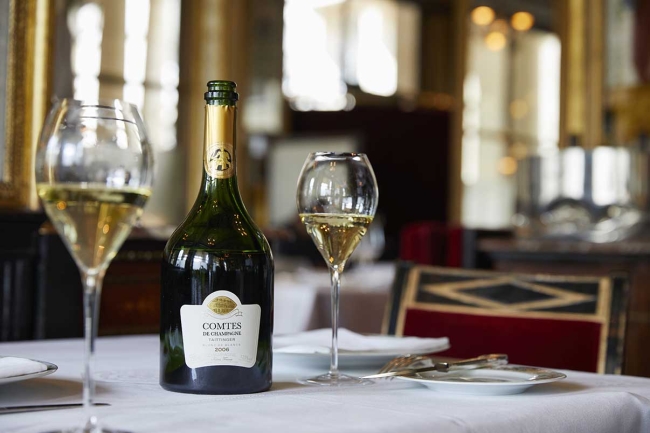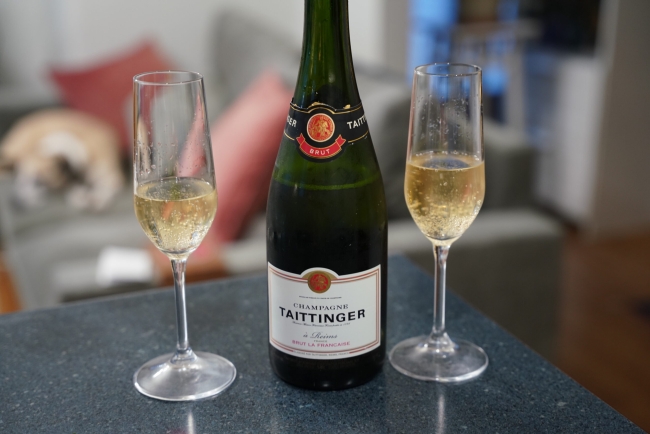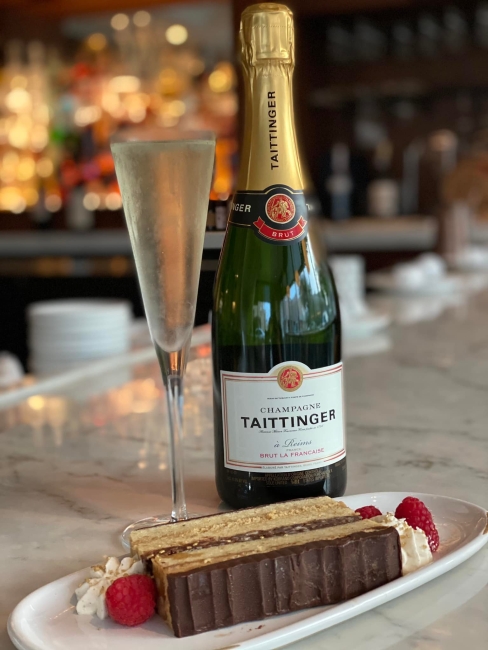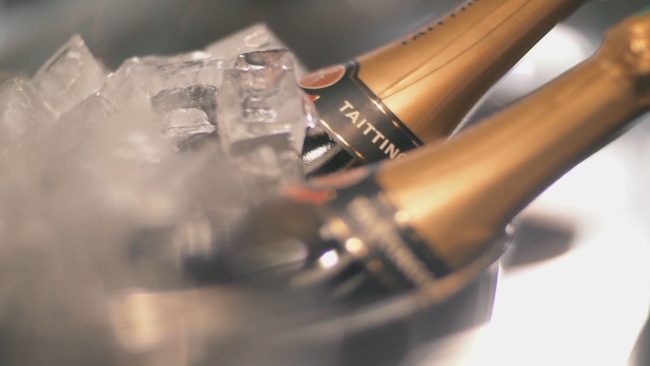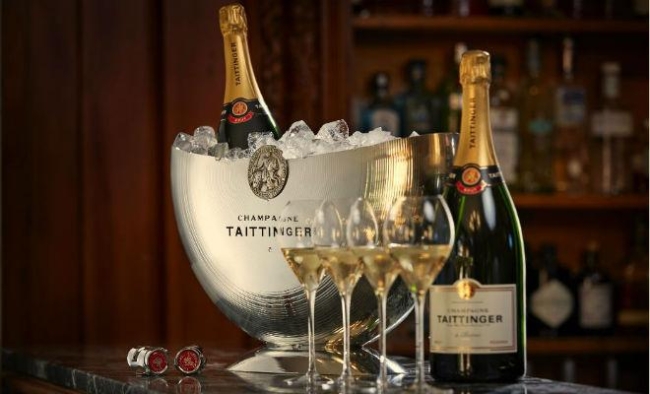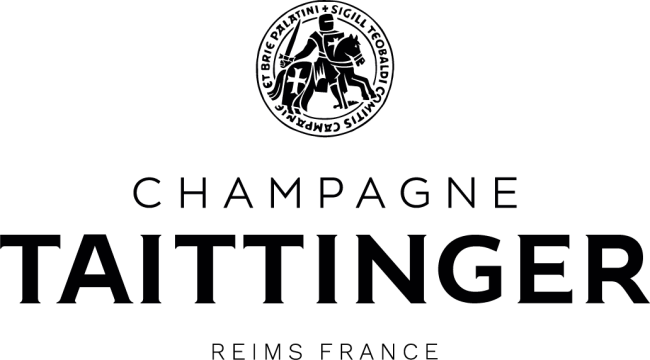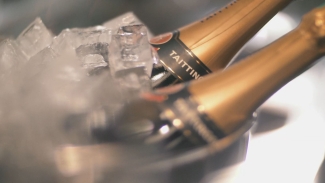
Story
Taittinger was founded upon a promise that Pierre Taittinger made to himself in 1915 when he was a young cavalry officer serving in the First World War, with his company headquarters at the Château de la Marquetterie, two miles from Epernay near the Marne River. Captivated by the lovely 18th-century residence, the young Taittinger was determined to purchase it should the opportunity arise. By September 1930 he had acquired the venerable Champagne firm of Forest-Fourneaux, founded in 1734 and the third oldest Champagne house in existence at the time. He began to restructure the firm and to expand its vineyard holdings in some of the finest producing areas of Champagne. Two years later, Pierre Taittinger kept his promise to purchase the Château de la Marquetterie and its surrounding vineyards—as well as the Comtes des Champagne residence in downtown Reims.
Pierre Taittinger’s philosophy proved him to be a visionary well ahead of his time. An accomplished and respected gastronome, he was among those who, during the interwar years, foresaw changing public preferences in cuisine away from the complex and often heavy traditional preparations that had long dominated the classic culinary arts. The evolution he set in motion centered on two concepts: lightness and naturalness.
Economic conditions acted as a catalyst to this change. Vast areas of the champenois vineyards destroyed during the war had to be replanted. Former primary export markets had been temporarily interrupted. Pierre Taittinger saw the opportunity to reshape the tastes of the traditional Champagne clientele who had subscribed to the old, Belle-Epoque–style Champagnes. He wagered the market would turn away from heavily dosed, sweet Champagnes in favor of natural, elegant wines expressive of their origin, just as it would reject the affront of dense, cloying sauces for pristine foods.
Our Wines
| Brut La Francaise |
| Prelude Grands Crus |
Gallery
